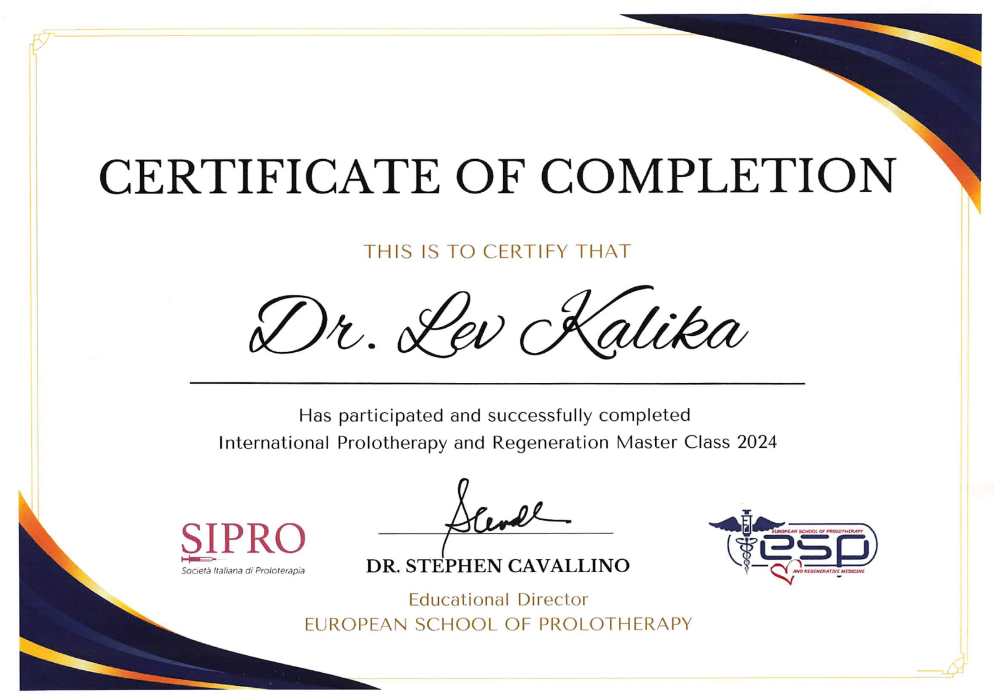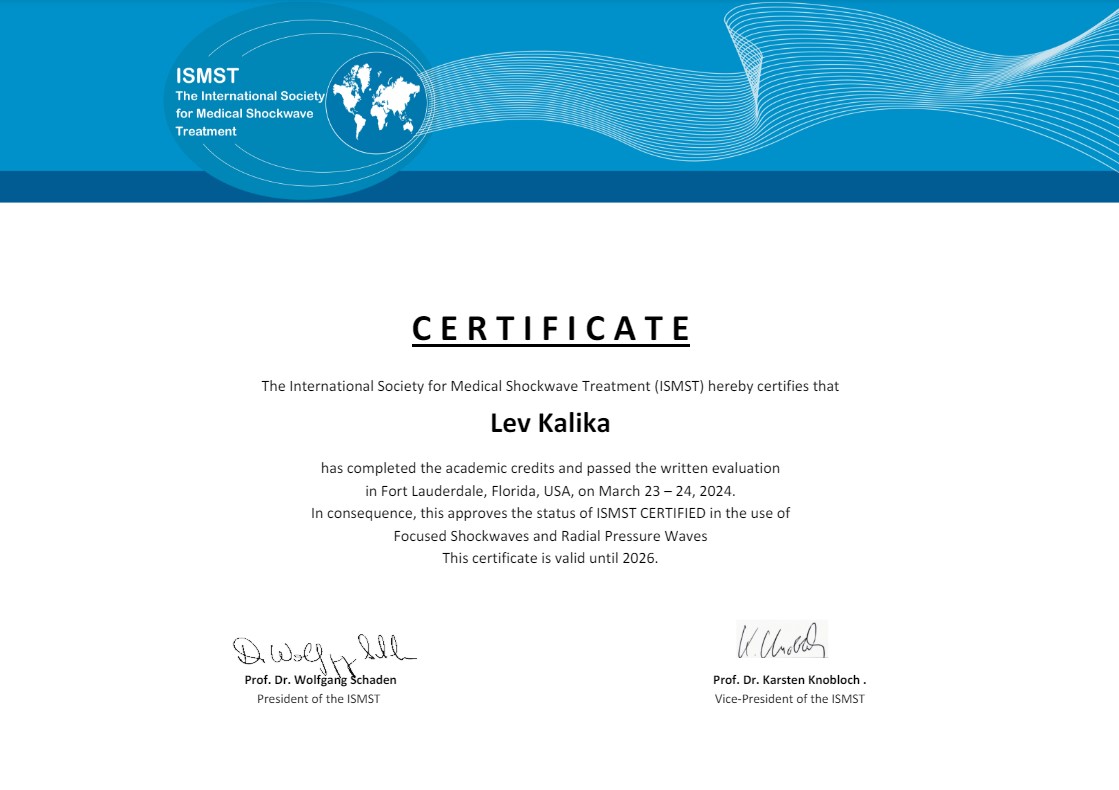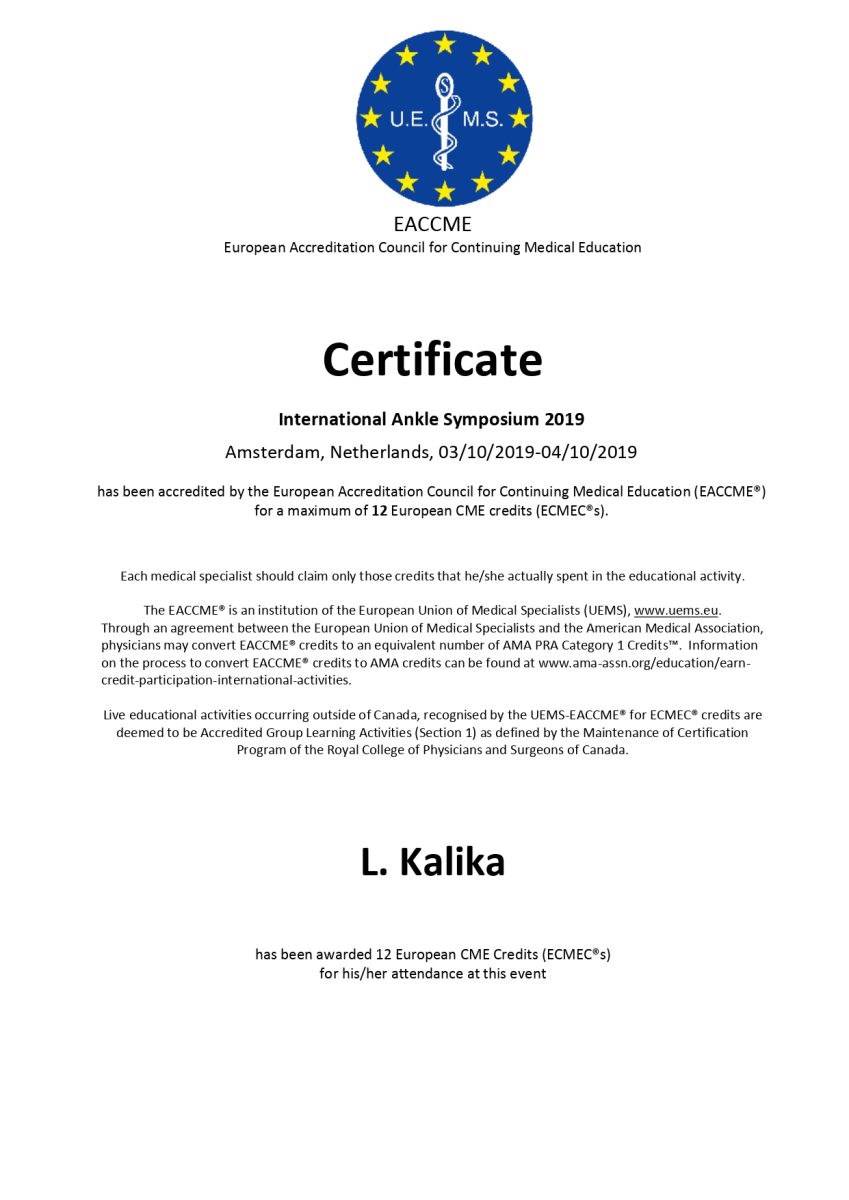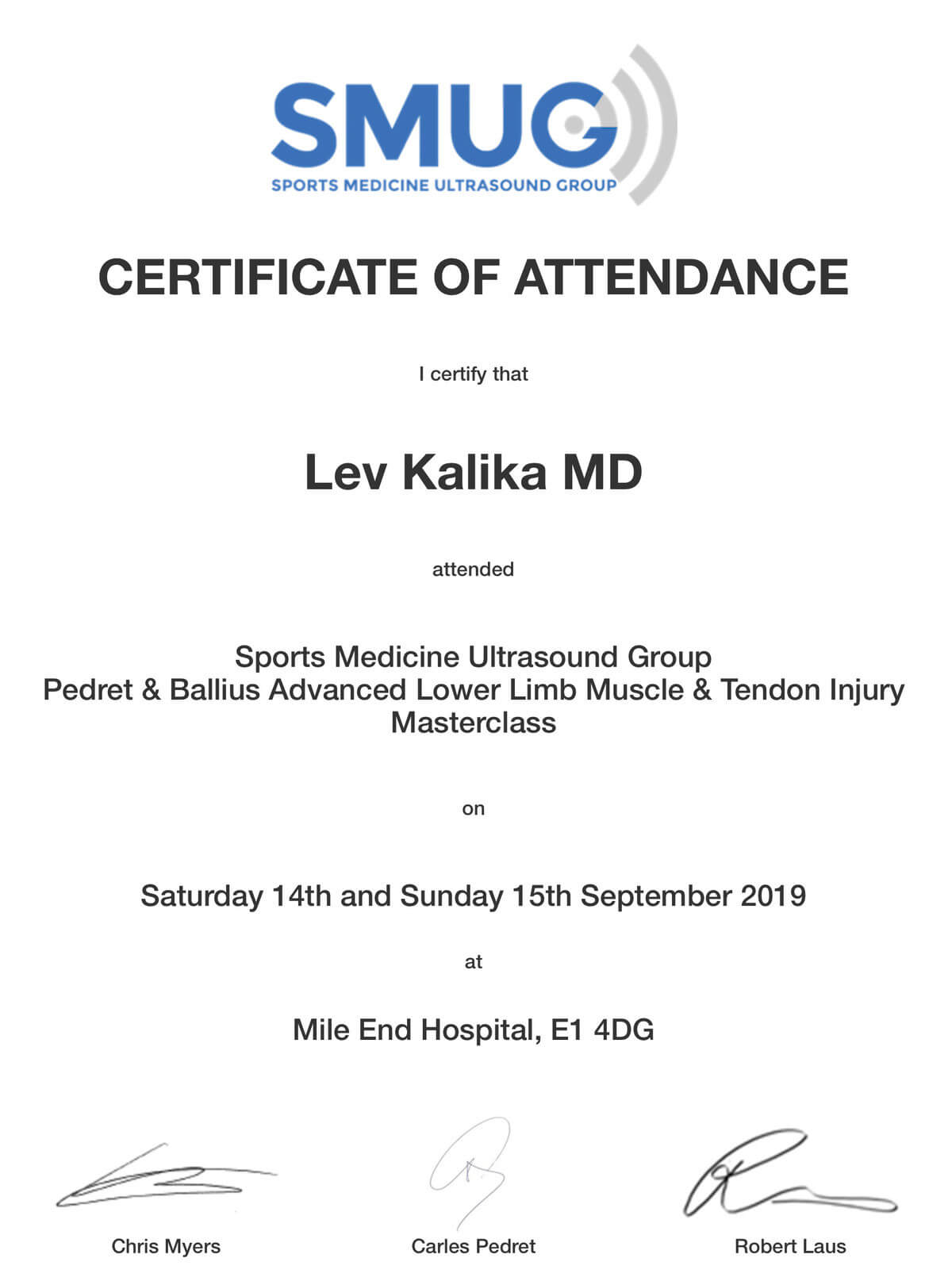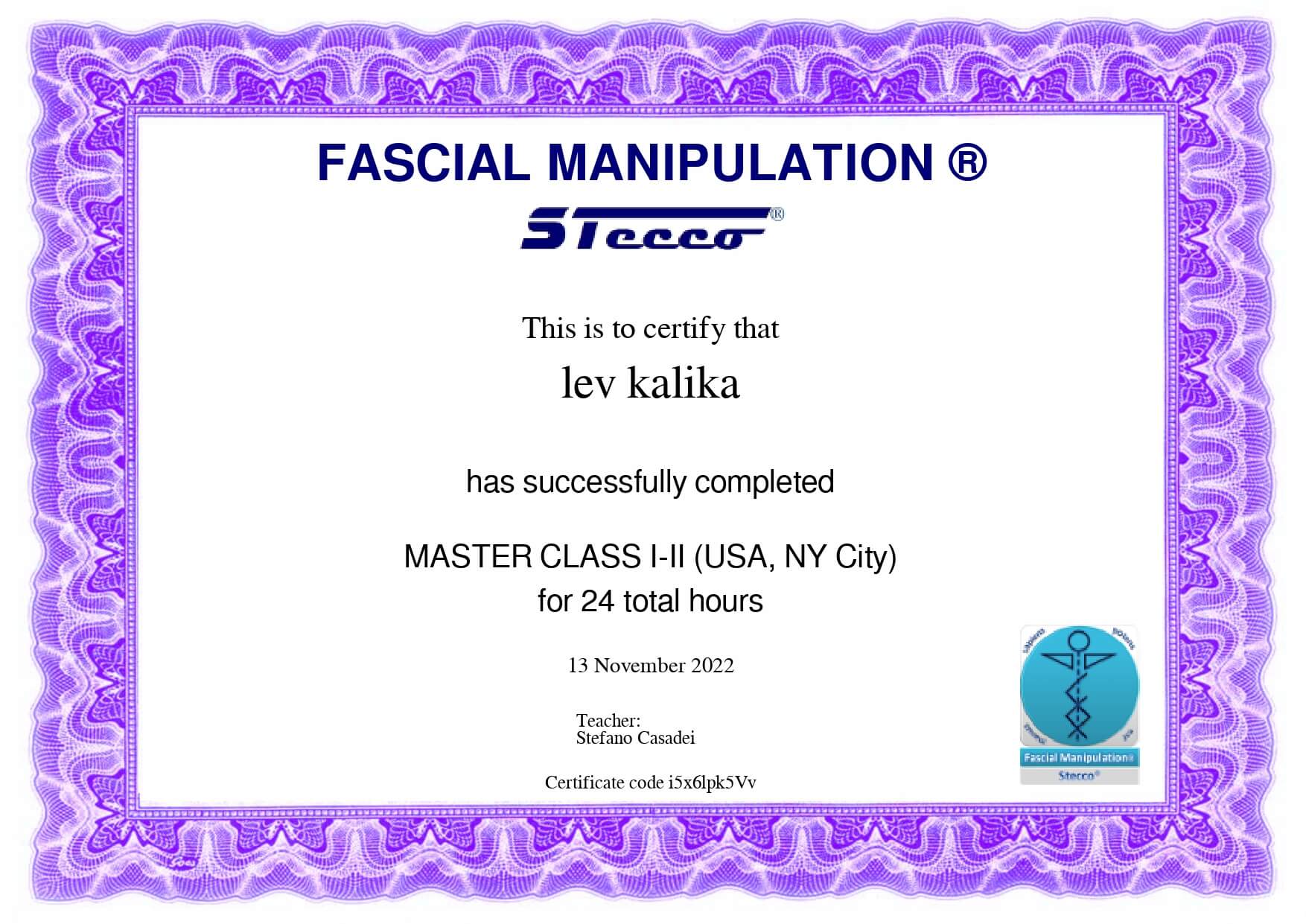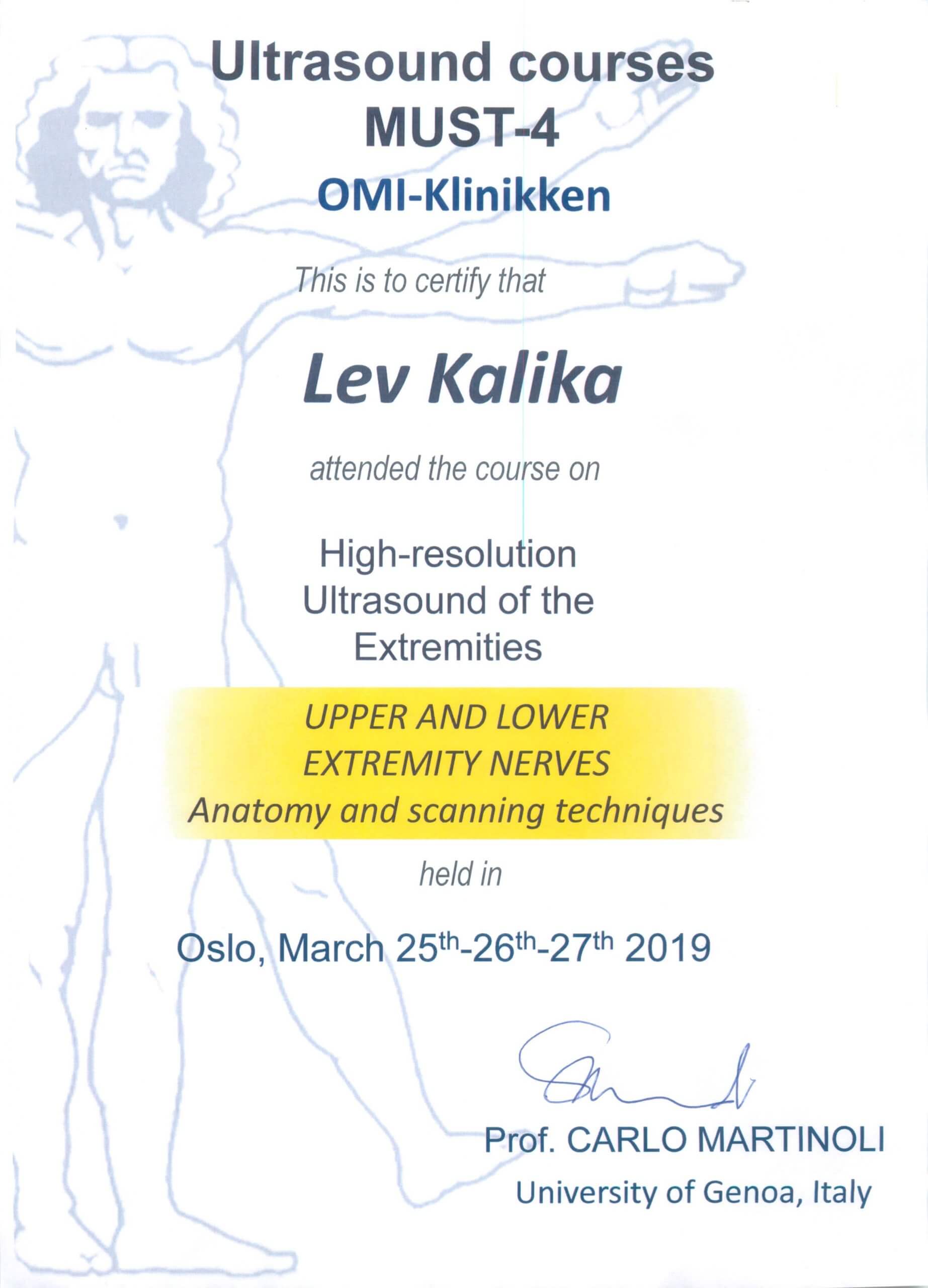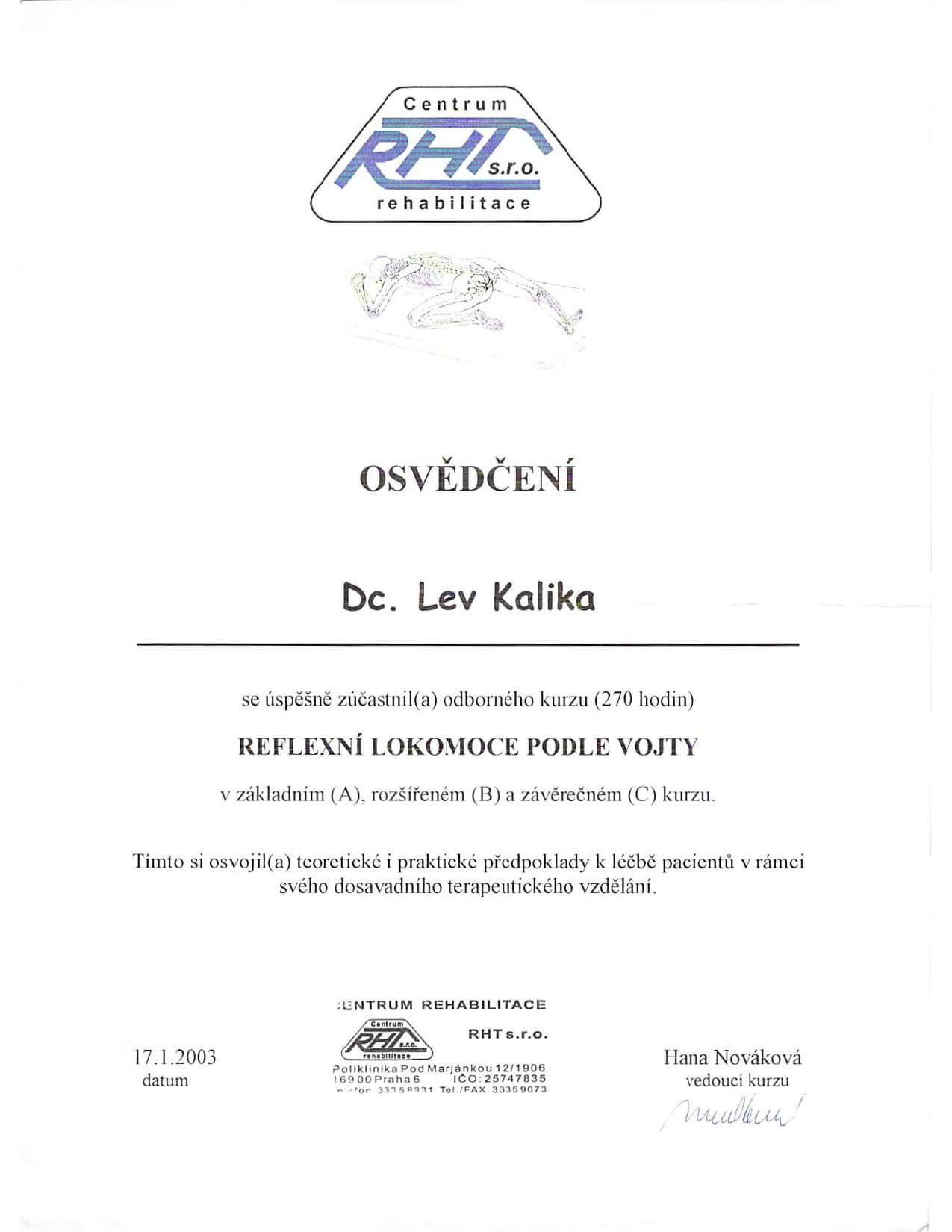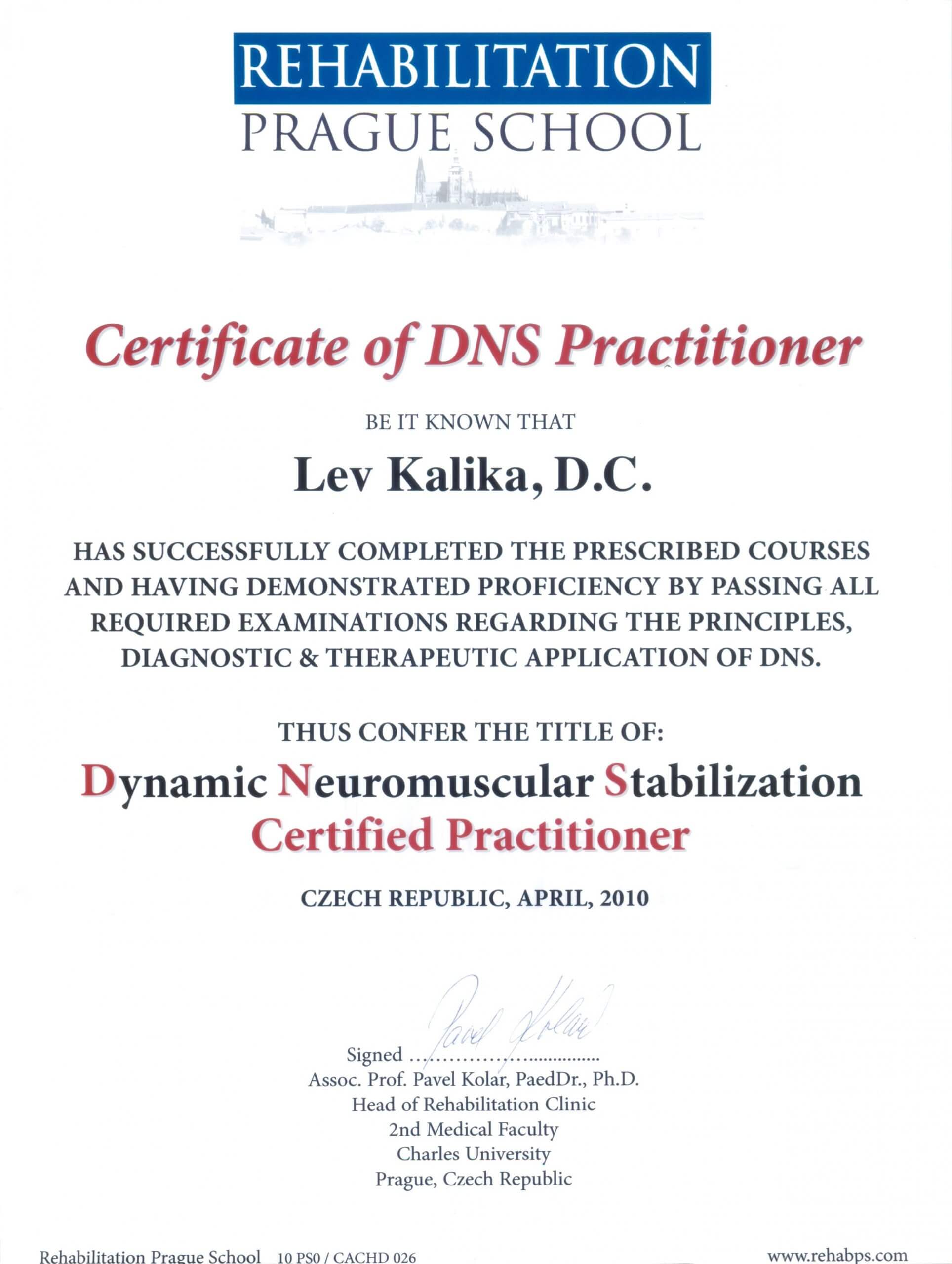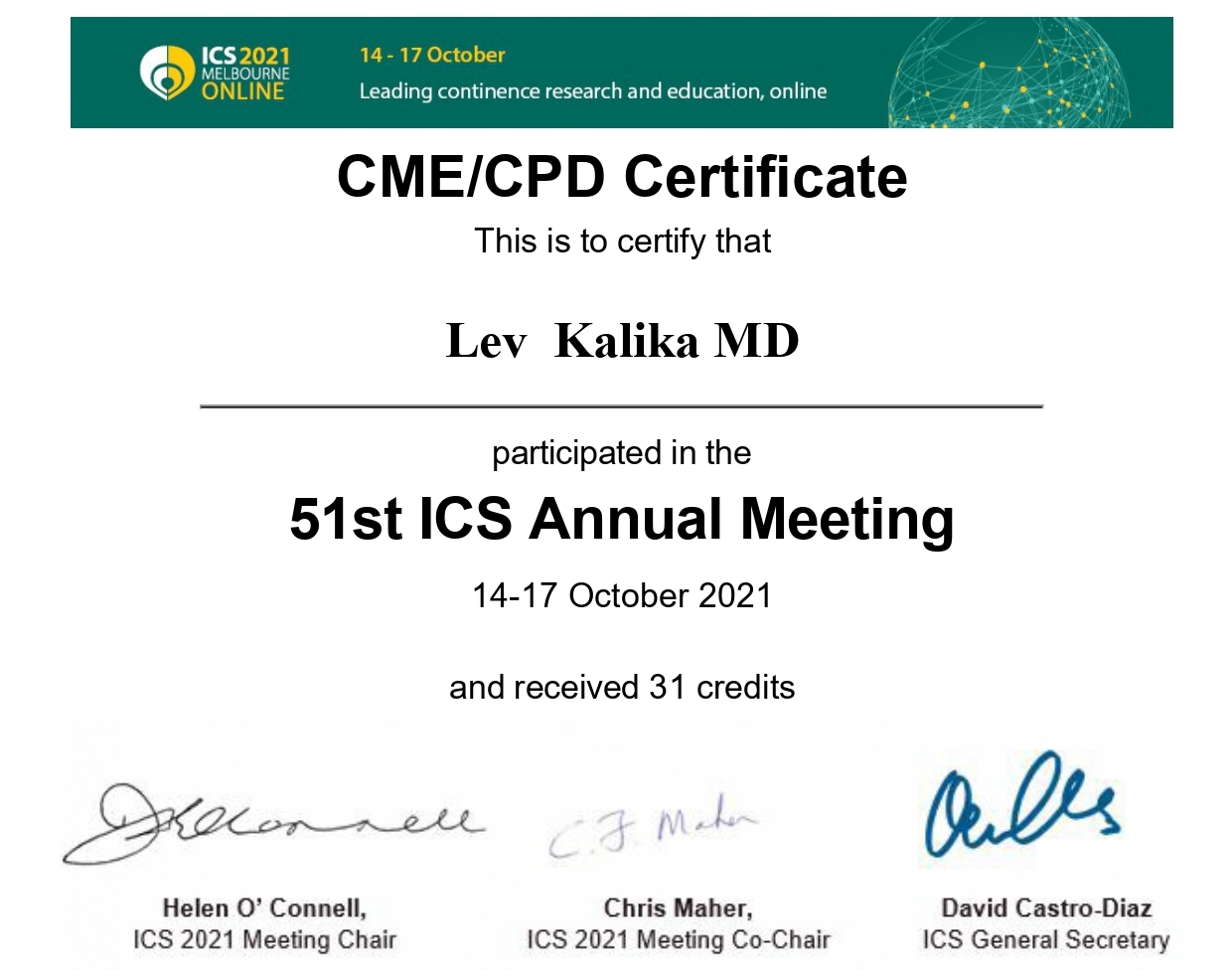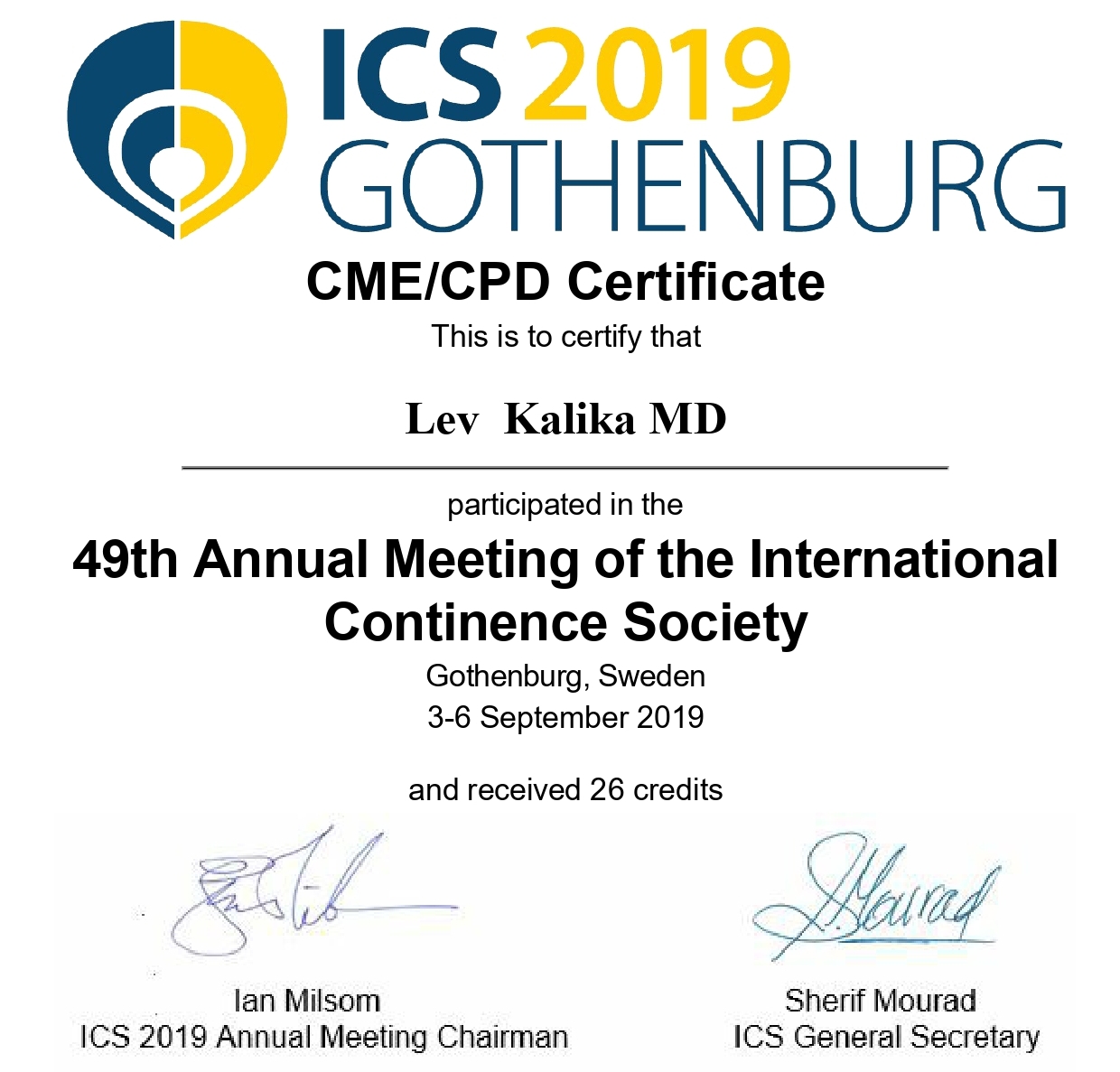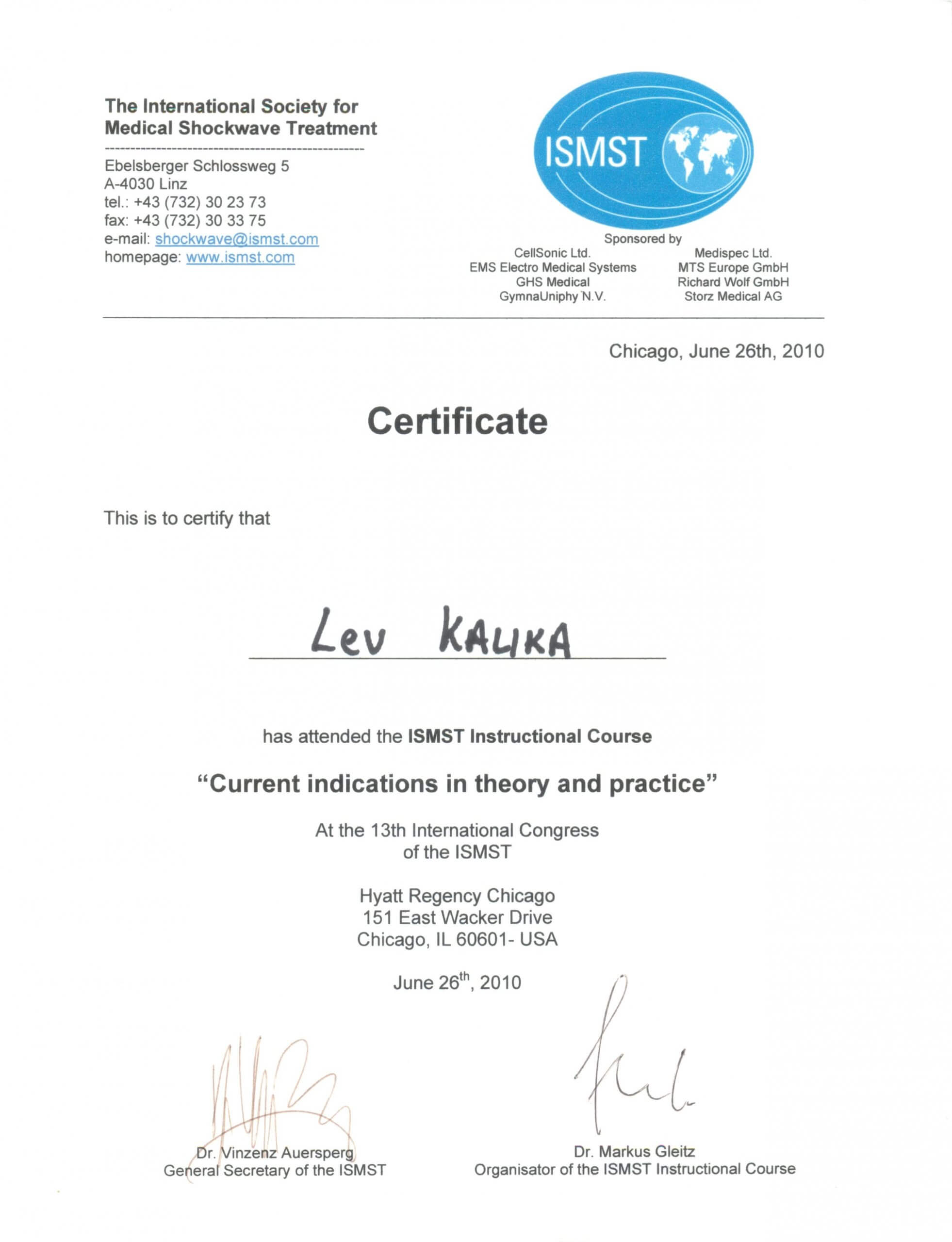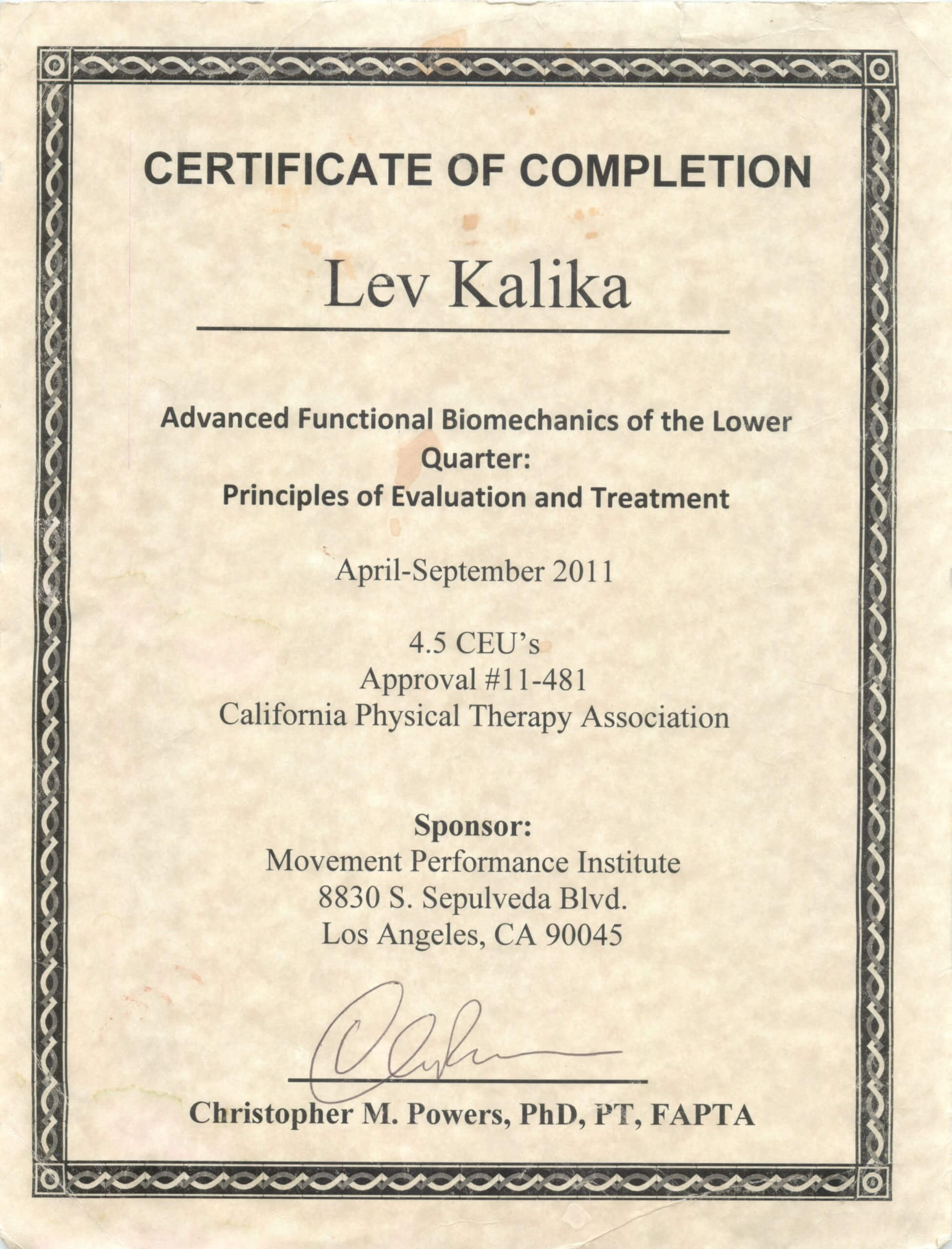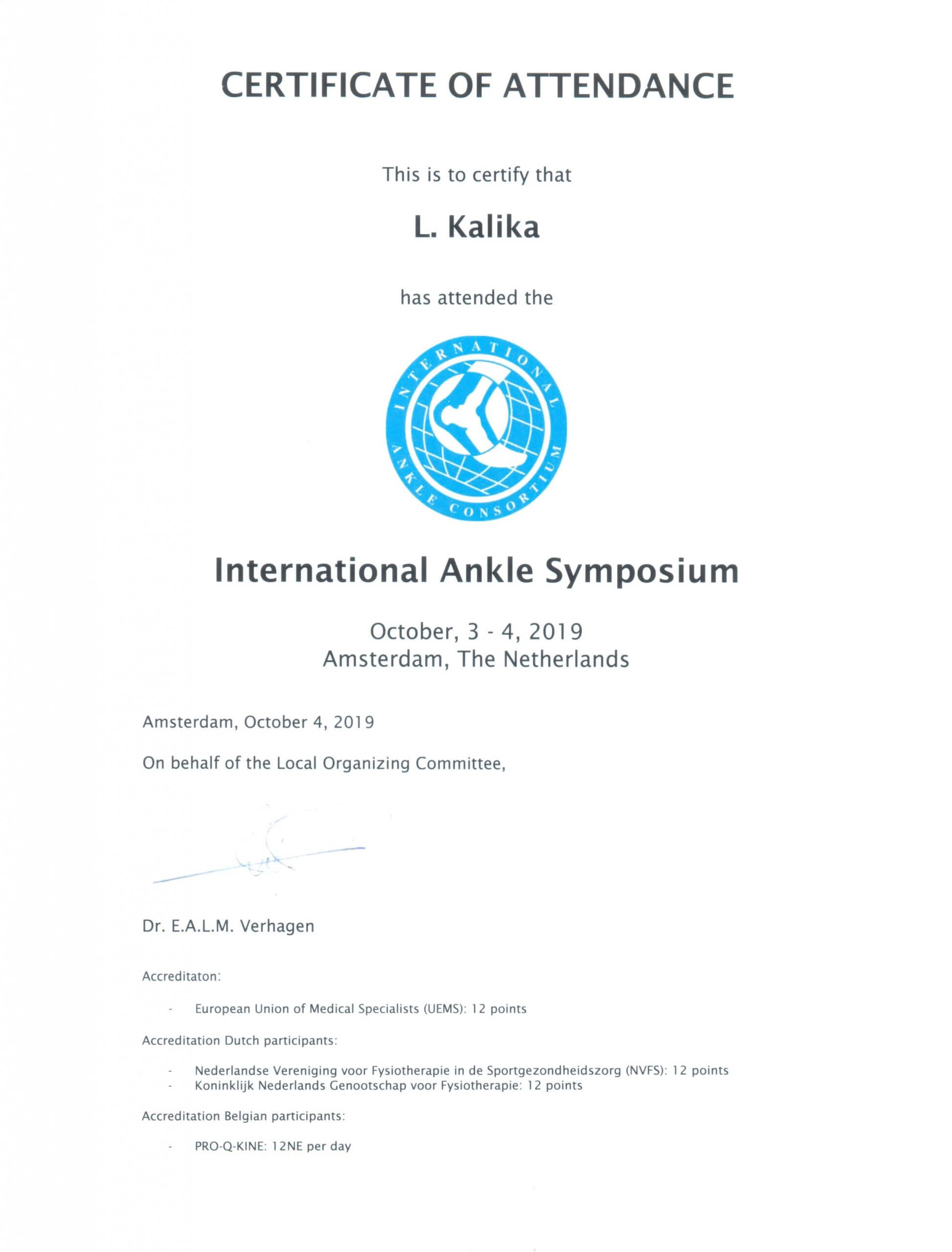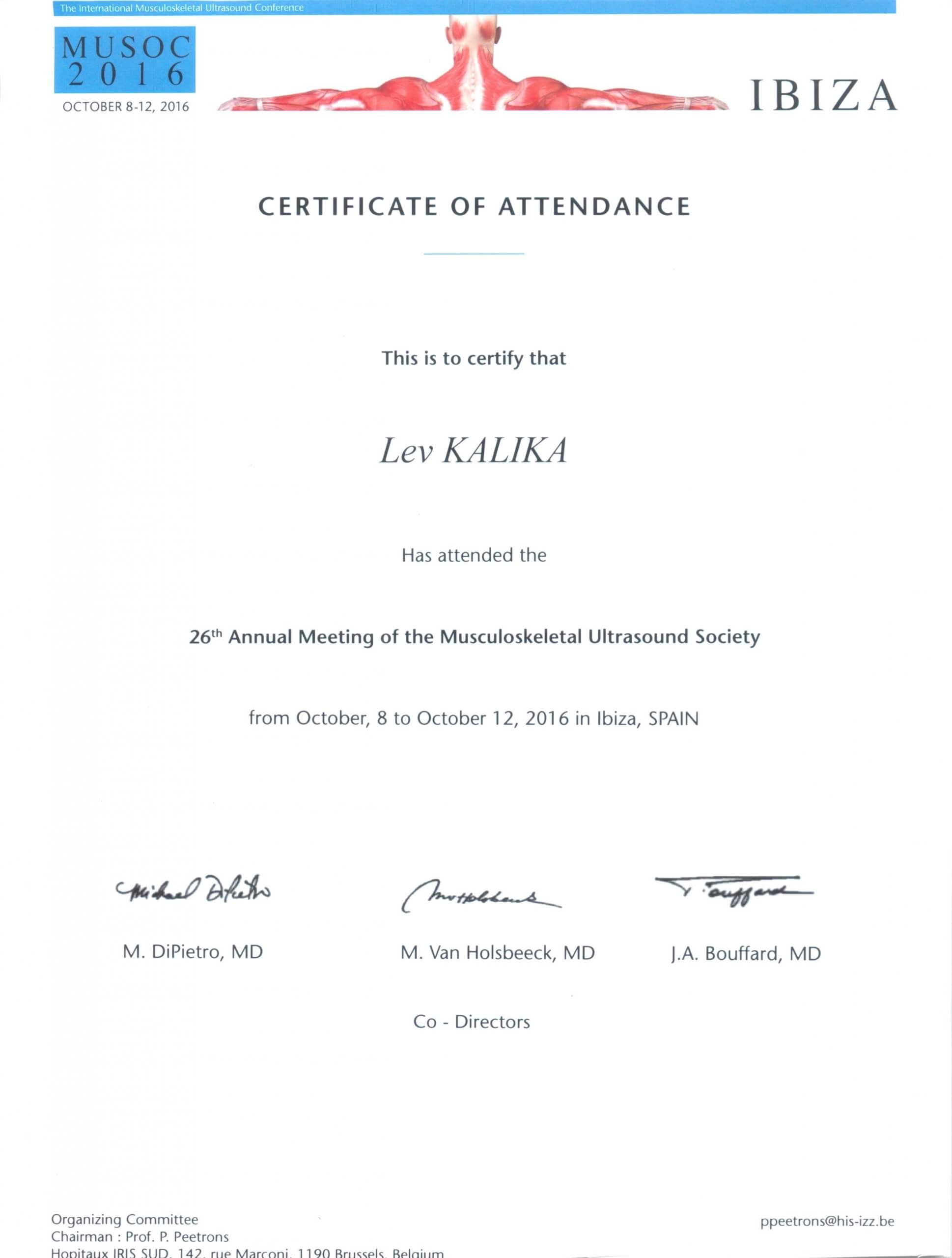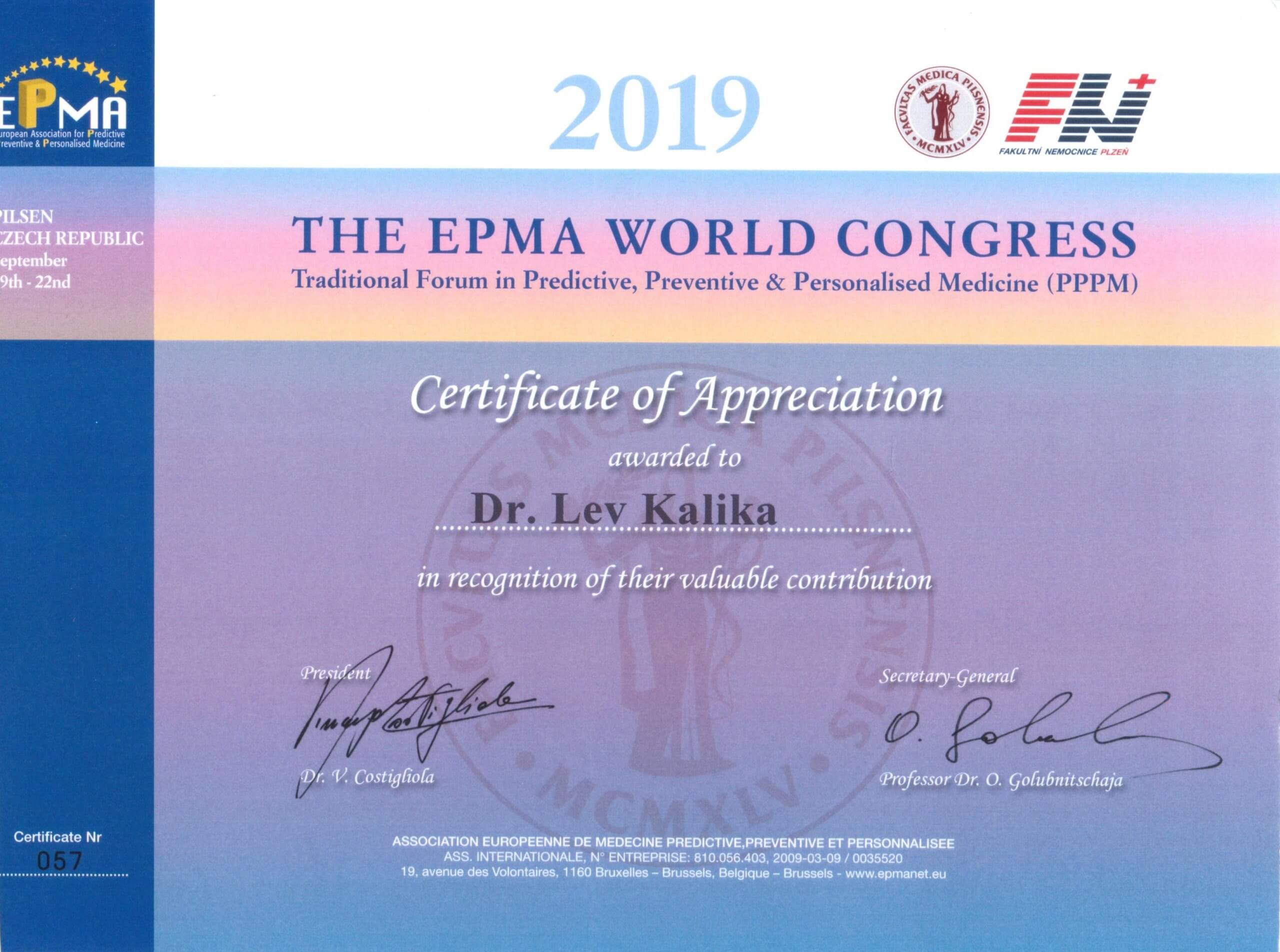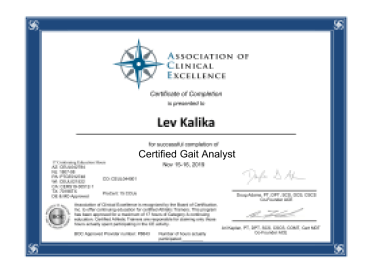Ever heard someone complain about whiplash after a car accident? Do you know exactly what they’re talking about, or do you always find yourself more than a little confused? To understand whiplash, we first need to know what it is.
Whiplash is when a tremendous amount of strain is placed on the neck muscles and spine due to high impact from an object from behind while remaining stationary. A good example is when someone experiences an impact from a car seat thrusting forward quickly to meet the back of their neck in a car wreck.
This is a common injury that most people ignore when they should not. If left untreated, whiplash can cause damage to soft tissue in the neck. You now know what whiplash is, and now you’ll know what people are talking about. But it may make you wonder: Do I have whiplash or have I ever experienced it?
The reason whiplash is overlooked so much is because the symptoms are so common. The following symptoms can be associated with various illnesses, from the flue down to sinusitis. Always keep in mind that a doctor’s opinion is the best opinion, but here are some symptoms someone with whiplash may experience:
- Headaches
- Shoulder pain/stiffness
- Neck pain/stiffness
- Pain in the arm, jaw, and/or back
- Weakness of the arm(s)
- Feeling dizzy or fatigued
- Tinnitus (ringing in the ears)
- Visual disturbances
With more chronic cases of whiplash, symptoms can include:
- Depression
- Frustration
- Anger
- Anxiety
- Stress
- Post-traumatic stress syndrome
- Insomnia
- Drug dependency
Let’s say you’ve had these symptoms, and went to a doctor to confirm that you have a whiplash injury. It’s good to know what’s wrong, but what happens now? How is a whiplash injury treated?
It’s important to know that there is more than one way to treat whiplash. The most practiced and effective treatment for whiplash is physical therapy. Two major forms include active and passive physical therapy.
Passive physical therapy doesn’t require active participation on your part, and it can be performed on the site of the injury by a qualified therapist. It’s similar to a massage session, except more intense because these muscles are injured and need a more intense massage to heal them.
During the initial stages of whiplash, neck movement is painful and passive therapy is the best for these stages. As the neck heals, active physical therapy can be performed. This therapy involves the movement of the affected muscles to encourage a speedy recovery.
1. Deep Tissue Therapy
Deep tissue therapy is performed on the injury site by a physical therapist to reduce muscle tension and stiffness. This type of therapy utilizes direct pressure and friction techniques to speed up the recovery process.
2. Hot and Cold Therapy
Heat increases blood circulation and helps blood flow to the site of injury. An increase in blood flow means faster healing due to an increased flow of nutrients and antibodies to the sight. Applying an ice pack reduced swelling and cools inflamed blood vessels.
Active physical therapy involves a series of exercises that improve range of motion and increase physical movement for injured muscles. It can also improve posture, reduce muscle spasms, and promote the healing of injured tissue.
Passive and active therapy are the most effective ways to treat whiplash. Be sure to speak to a highly trained physical therapist to develop an individualized physical therapy plan to recover quickly from whiplash injury.




